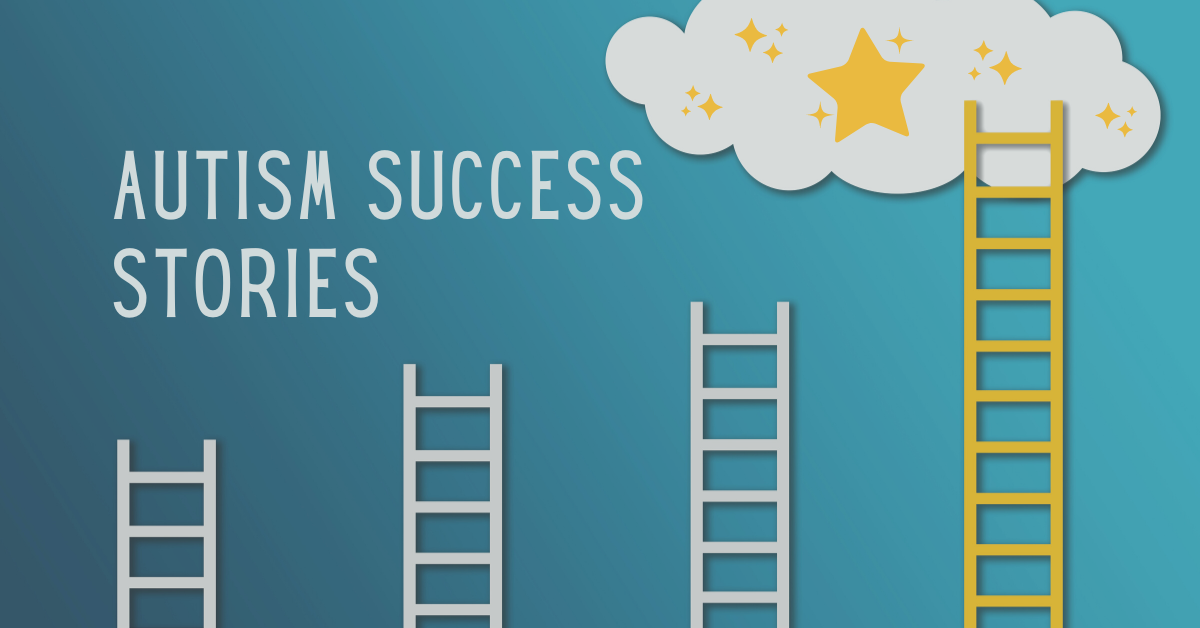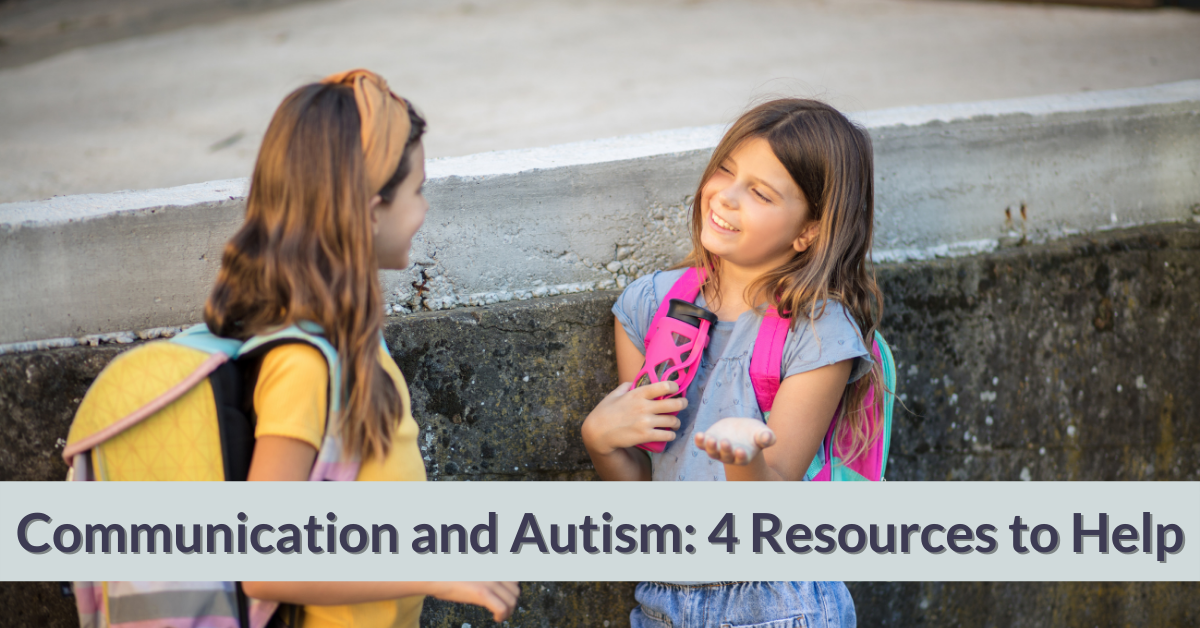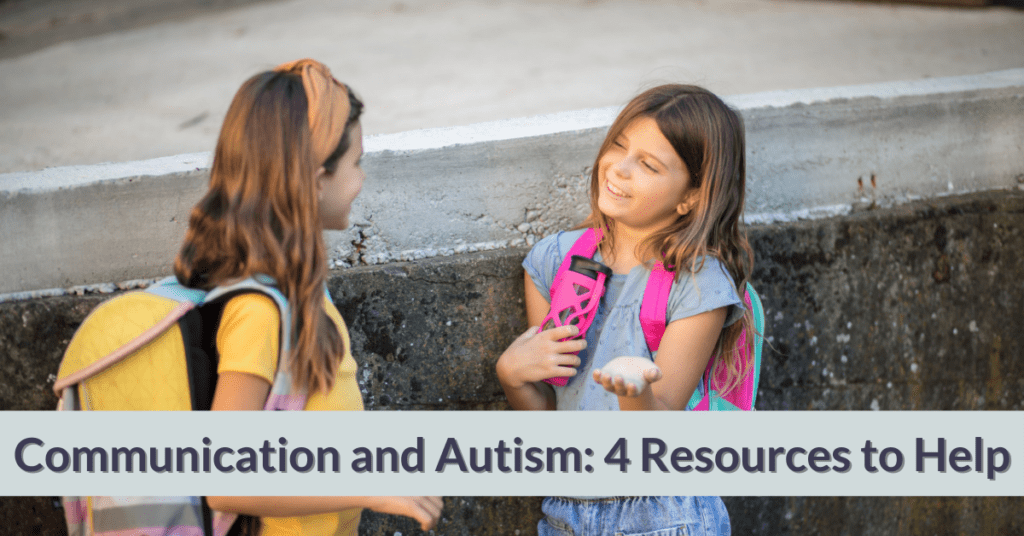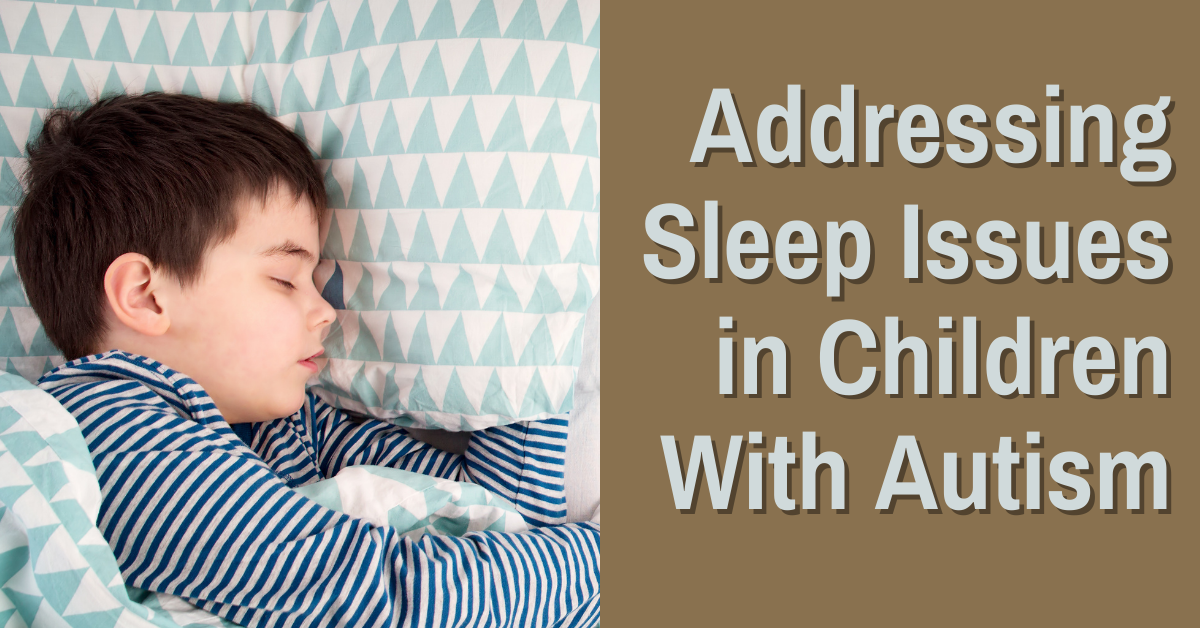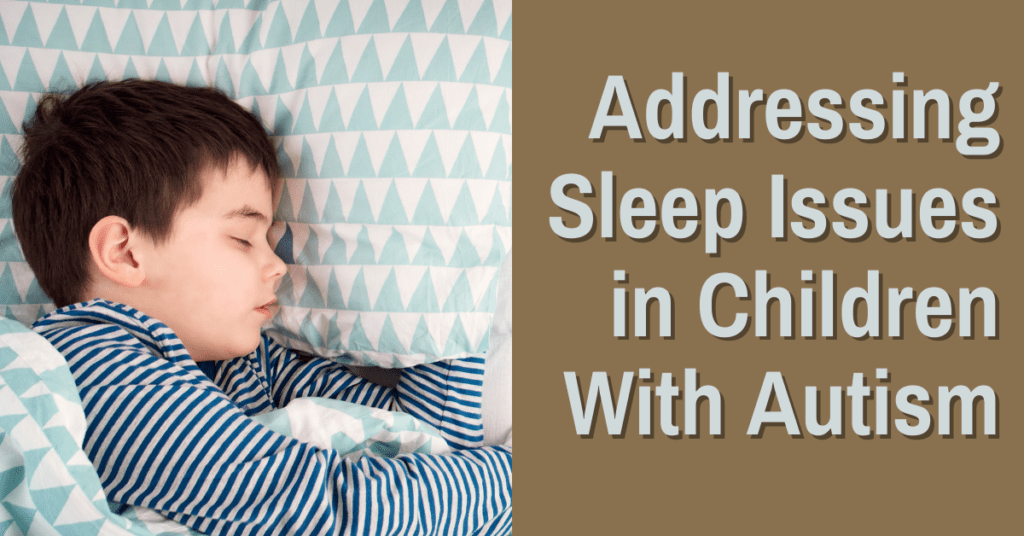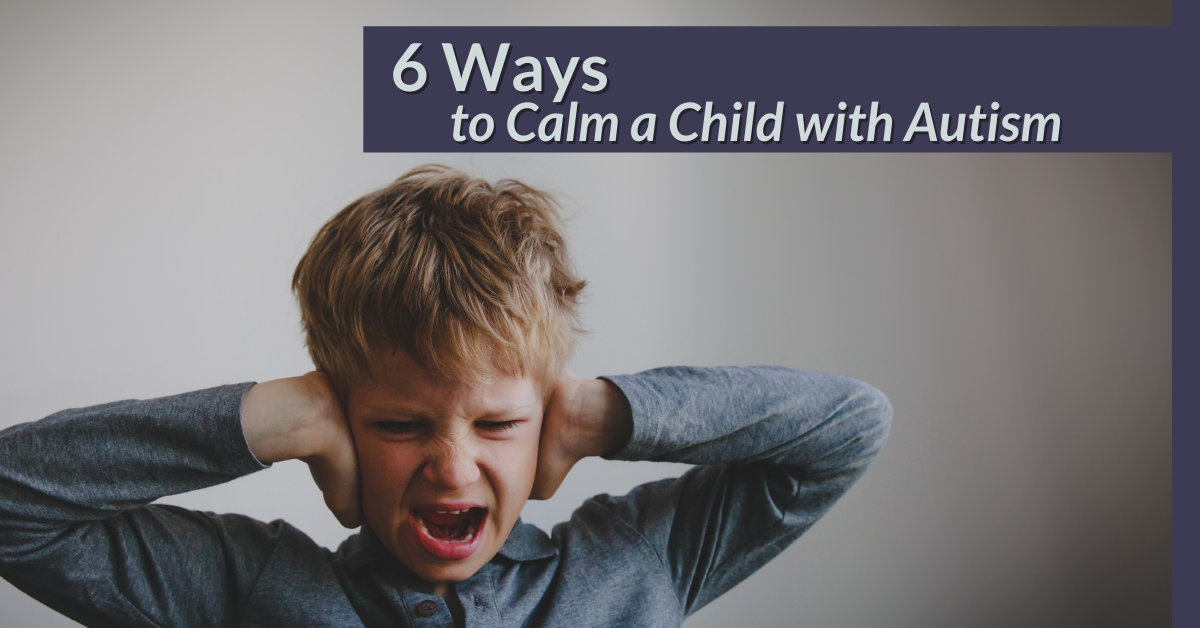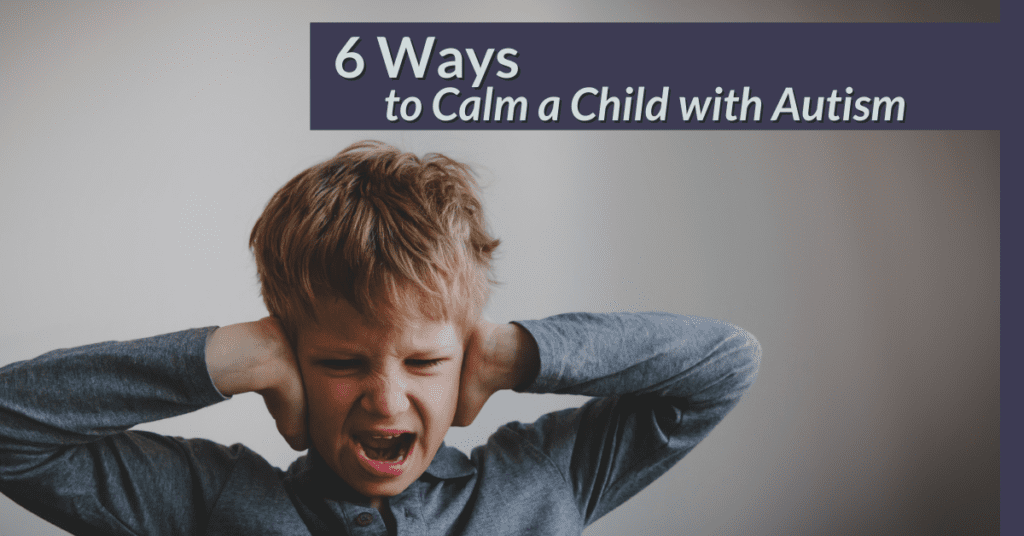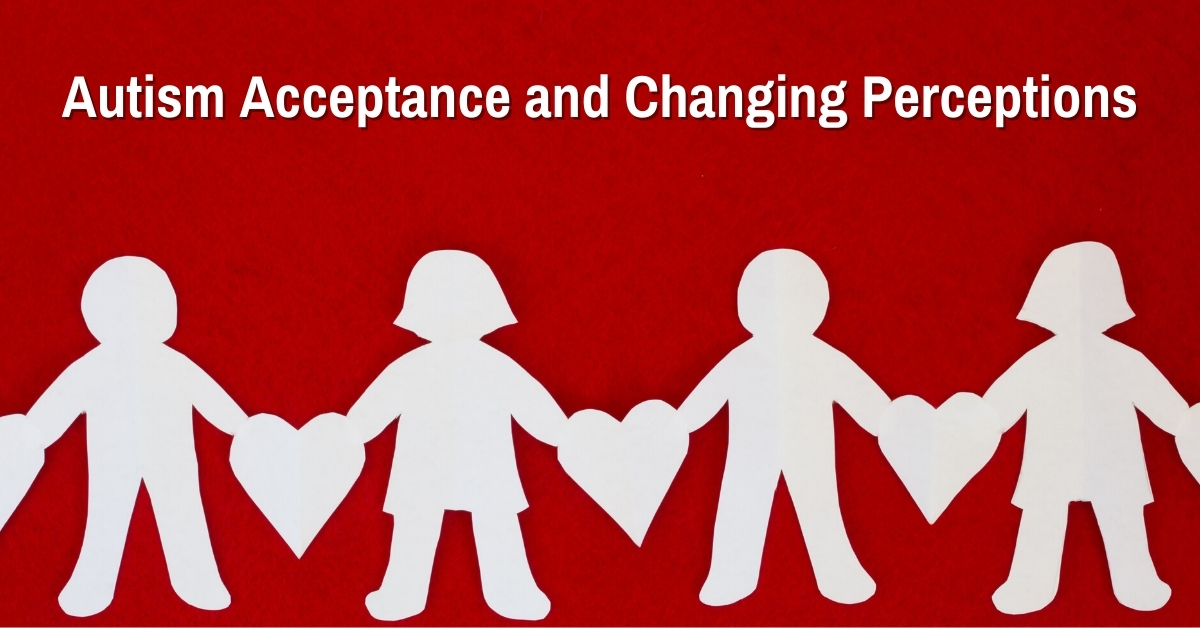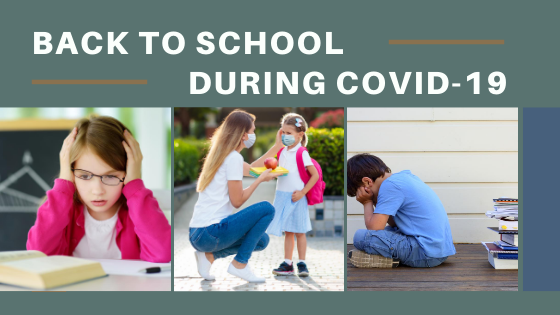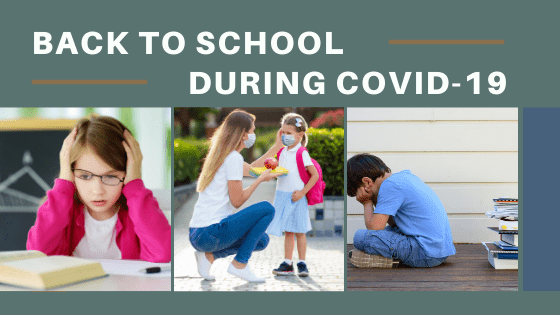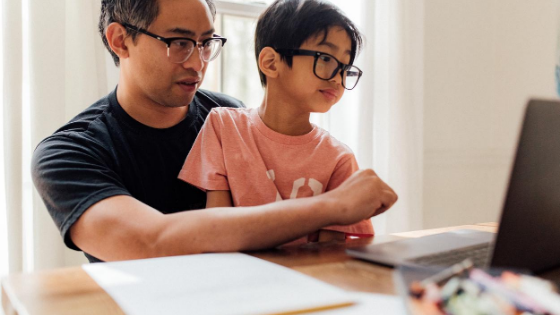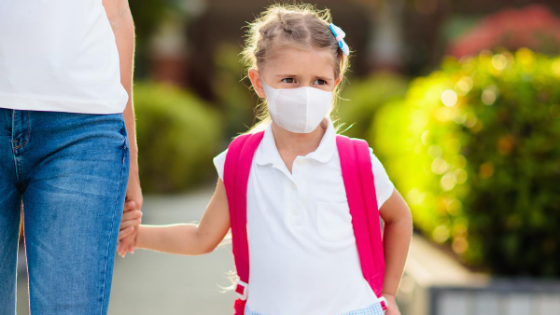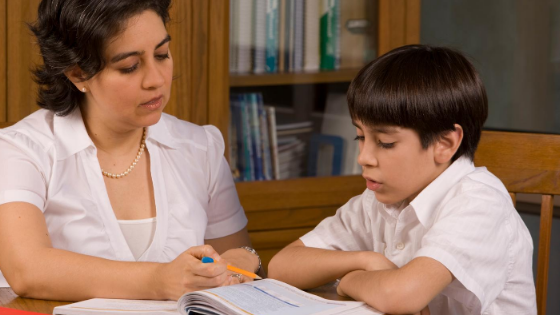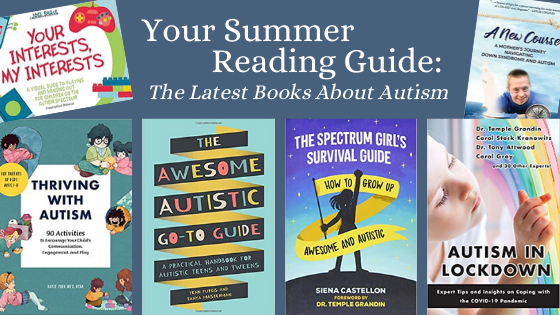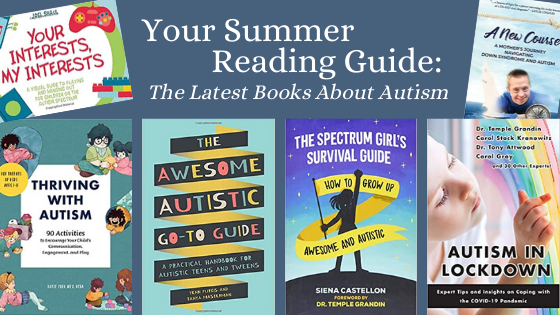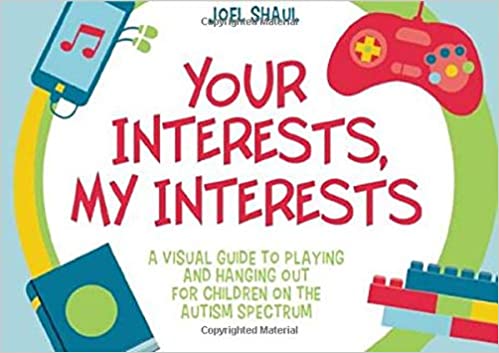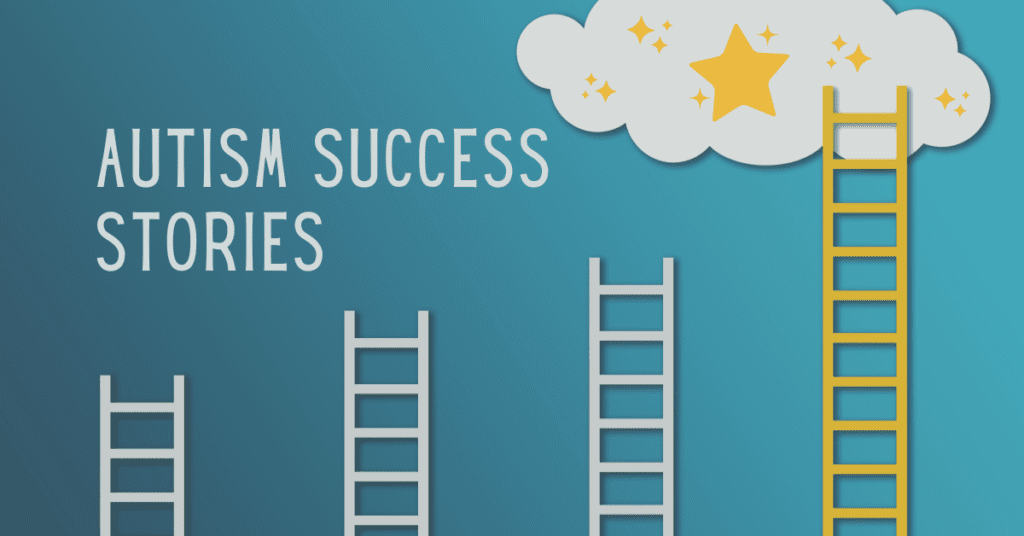
We live in a world where it is so easy to think about the negative values of something or someone. That’s why it’s crucial we prioritize the positive aspects. This is especially true for people with autism. There is a reason it is called autism spectrum – each individual is born with their own unique traits and abilities. Some on the autism spectrum may also have an intellectual disability. However, it’s important to note that around 44% of those diagnosed with autism have average or above average IQ. So why wouldn’t there be several remarkable success stories of individuals with autism? Here we hope to share some inspiring examples of people who have used their autism diagnosis to excel in their passions.
Temple Grandin
Starting out with a more well-known story within the autism community, Temple Grandin is a renowned American author and educator. She speaks on the treatment and behavior of livestock animals, as well as a public speaker and advocate for autism.
Grandin was not “officially” diagnosed with autism until much later in her life. At this point, she already had a successful career she had paved for herself. She accomplished this despite hurdles that were uncommon for children to have at the time of her upbringing. These included speech delays and social skills challenges. In the face of these hurdles and the bullying they evoked, Grandin discovered what she was passionate about – science.
She went on to receive several degrees on the topic and remains teaching to this day. In a quote from one of Grandin’s books, The Autistic Brain: Thinking Across the Spectrum, she explains that autistic kids often have uneven skills. “Parents get so worried about the deficits that they don’t build up the strengths, but those skills could turn into a job,” according to Grandin. She adds that “we need to be a lot more flexible with things,” when it comes to what we label as a “disability.” This way of thinking is at the foundation of Healing Haven’s values. We focus on our clients as kids and teenagers first, not their diagnosis. And we celebrate their unique strengths that come through neurodiversity.
More stories of successes like Grandin’s are available here.
Alexis Wineman
Alexis Wineman is the first woman with autism spectrum disorder (ASD) to participate in the Miss America competition, according to Centers for Disease Control and Prevention. Wineman’s story presents the perspective of being the only member of a large family to have an autism diagnosis. Her story focuses on what it is like to grow up with the support of neurotypical siblings. She also highlights the key role that siblings can play in the life of an autistic child.
Wineman’s sister, Danielle, said her advice for someone who has a sibling with autism is “to become a solid shadow for your sibling.” She points out that “when you’re diagnosed with autism, it’s a diagnosis for the entire family and not just that person.”
Another sister of Wineman’s, Kimberley, said that it is valuable to “engage them (your sibling with autism) and help them find their niche.” Wineman’s brother, Nicholas, said that he has learned and developed the skill of empathy due to growing up with his sister.
There can be endless advantages of having a family member with autism. And there is no doubt that a diagnosis can also strengthen a family. Comparable stories to Winemans are available on the Centers for Disease Control and Prevention website.
We love hearing these sibling perspectives and agree that an autism diagnosis impacts the entire family. In fact, it’s another one of our company values – to serve the entire family through parent training and counseling for parents and siblings.
Clay Marzo
Clay Marzo is an American professional surfer. He was diagnosed with Asperger syndrome as a teenager (before that designation was removed from the diagnostic definition in the DSM-5). Clay is known for his “unique ‘double-jointed’ style of turns and spins”. Marzo has “been hailed for his creativity with the board and his innovative maneuvers,” according to Autism Treatment Evaluation Checklist (ATEC) Sierra Leone.
In addition to features in several surfer films, Marzo is also in a documentary, ‘Clay Marzo: Just Add Water‘. The documentary delves into his life as a competitive surfer and a person living with autism spectrum disorder. He also volunteers with the non-profit organization Surfers Healing. The organization creates opportunities for children with autism to experience surfing through surfing camps in the United States and Canada.
Other stories like Clay’s are in this Lifehack article.
Dani Bowman
Dani Bowman is a writer, artist and motivational speaker who is on the autism spectrum. Creating an animation empire, she founded DaniMation Entertainment at age 14 in 2009. She has several professional degrees and is a powerful voice for those on the autism spectrum.
Bowman is also on Netflix’s ‘Love on the Spectrum,’ where she shares much about her personal interests. In this, she brings attention to the struggles she faces to find a potential life partner. She expresses the complications of not only finding someone who relates to her but who understands and accepts her romantically.
Further information about Bowman and her work is available on her company website.
Katie
Katie is currently a young adult on the autism spectrum. She grew up working closely with Healing Haven’s founder, Jamie McGillivary. Jamie credits her journey working with Katie as what helped shape her into the person she is today. Jamie’s experiences with Kaite as child inspired her career path and the creation of Healing Haven. Katie worked as an administrative assistant for the company and also worked at her local library.
Katie spoke at a Healing Haven Open House and shared her story with guests that included parents, doctors, and professionals. “I’m here tonight to tell people you shouldn’t underestimate people with disabilities. Through hard work you can live your dreams. Your child could have a bright future. Tonight, I can live my dreams such as being independent, working as an administrative assistant, and now being a public speaker.” You can read more of her story in this blog article, Never Underestimate Individuals with Autism.
Katie is an inspiration to all at Healing Haven and everyone who knows her personally.
Raising Expectations
We hope these stories inspire and offer hope for you and your child or loved one with autism. An autism diagnosis comes with a broad range of potential struggles as well as unique strengths. An average of 28% of our clients at Healing Haven graduate from our services or titrate down to needing lesser services. We work to make sure clients are as well-equipped as possible to thrive in their educational journey and prepare them for life beyond school.
There are many success stories of individuals with autism we should celebrate. But even if your child may need extra support, we all can work together to highlight the possibilities and help raise expectations for those impacted by autism. Incredible things can be born from the “bounds” of difference.
We would love to hear any stories you might have to share. Please feel free to comment below!



